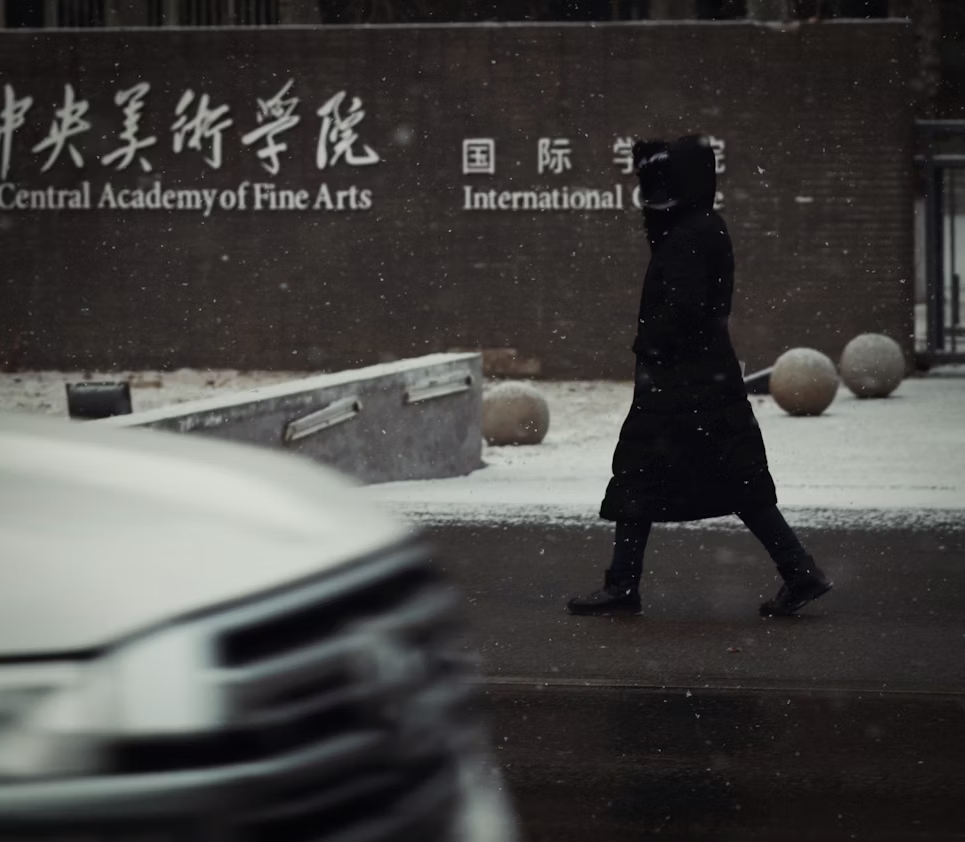1/10/2025

The Relationship to death in China is deeply rooted in the country's history, philosophy, and cultural traditions. Unlike some Western societies where death is often perceived as a final break, Chinese culture sees life and death as two complementary facets of the same cycle. Understanding this relationship provides a better understanding of how Chinese people live, celebrate, and honor the deceased, while also influencing their perception of time, family, and existence.
In Chinese culture, death is not simply a biological event, but a symbolic passage that connects the living to ancestors and future generations. The Relationship to death is evident in rituals, religious practices, traditional holidays, and even in daily life, reflecting a holistic view where death enriches the value of life.
How Chinese people view life and death is largely influenced by three major traditions: Confucianism, Taoism, and Buddhism.
Confucianism emphasizes family ties and duty to ancestors. In this context, the Relationship to life and death is closely linked to family continuity and social harmony. Honoring the deceased through rituals and offerings symbolizes respect and maintaining the connection between the living and the dead.
For Taoism, life and death are part of a natural cycle, where everything is in constant transformation. Death is not an end, but a stage in the universal flow of Tao. This philosophy influences how Chinese people accept the end of life and see death as a transition to another form of existence or a reintegration into nature.
Introduced to China over two millennia ago, Buddhism brought the notion of karma and rebirth. From this perspective, the Relationship to death includes moral responsibility for actions and the possibility of a future life. Funerals and Buddhist rites aim to appease the soul of the deceased and facilitate their reincarnation, while offering the living a reflection on the morality and value of the present life.
Funeral and commemorative rituals illustrate concretely the Relationship to death in China.
Chinese funerals combine symbolism, ritual, and religious practices. Families organize elaborate ceremonies to honor the deceased, often including prayers, offerings of food and symbolic objects, and rituals to ensure peace of mind. Each step, from choosing the date of the funeral to the orientation of the casket, reflects profound beliefs about life and the afterlife.
The Qingming, or Day of the Dead, is an emblematic example of respect for ancestors and the importance of Relationship to death. During this time, families visit the tombs to clean the burials, offer food, and burn incense. These gestures symbolize the continuous link between the living and the dead and remind us that the memory of ancestors nourishes the lives of present generations.

The Relationship between life and death is not limited to ceremonies; it also influences the daily lives of Chinese people.
In Chinese tradition, illness and aging are seen as natural stages in the life cycle. Death is not taboo, but integrated into a global perspective where each stage of life has its value and its role. This approach promotes a certain serenity in the face of losses and a particular attention to the care and well-being of the elderly.
Death reinforces the importance of family relationships. Rituals and commemorations encourage the transmission of values, the memory of ancestors and family cohesion. The Relationship to death thus becomes a social and cultural tool, structuring collective and individual life around respect and harmony.
While traditional practices remain strong, the relationship to life and death in China is changing as a result of modernization, urbanization, and global influences.
In big cities, traditional funerals coexist with modern practices that are simpler and adapted to the contemporary pace of life. Urbanization and rising costs are influencing the choice of funeral ceremonies and services, but the underlying values of Relationship to death remain intact: honor the deceased and preserve the memory of the ancestors.
The media, modern medicine, and education play a role in the perception of death. Dissemination of information about palliative care, end-of-life planning, and open discussions about death contribute to a more pragmatic approach, while respecting traditions. The Relationship to death thus becomes a mixture of cultural respect and a modern understanding of the end of life.
The Relationship to life and death in China illustrates how a culture can transform the perception of death into a vehicle for life, memory and transmission. Influenced by Confucianism, Taoism, and Buddhism, it integrates philosophy, spirituality, and social practice at the same time.
Death is not a break, but a continuity that nourishes life, strengthens family ties, and inspires meaningful rituals. Today, despite modernization and international influences, Chinese people continue to celebrate and respect life and death, showing that this relationship remains a pillar of their cultural and social identity.
Understand the Relationship to life and death in China, it means discovering a vision of the world where the end of life is not a loss, but an essential component of a universal cycle, rich in lessons and meanings.